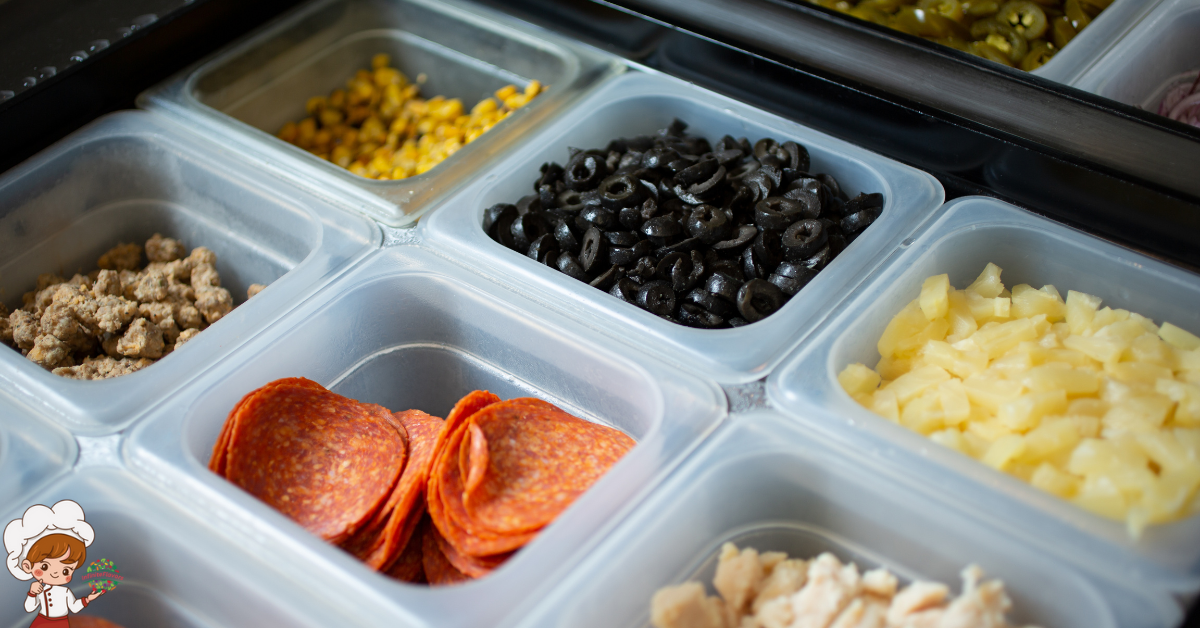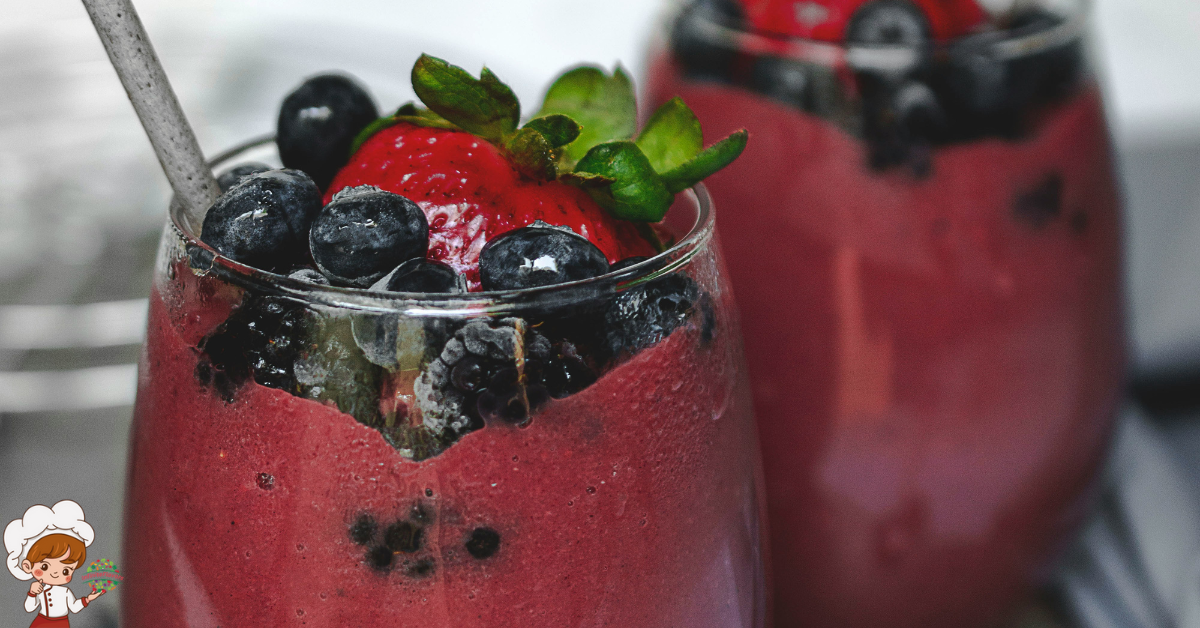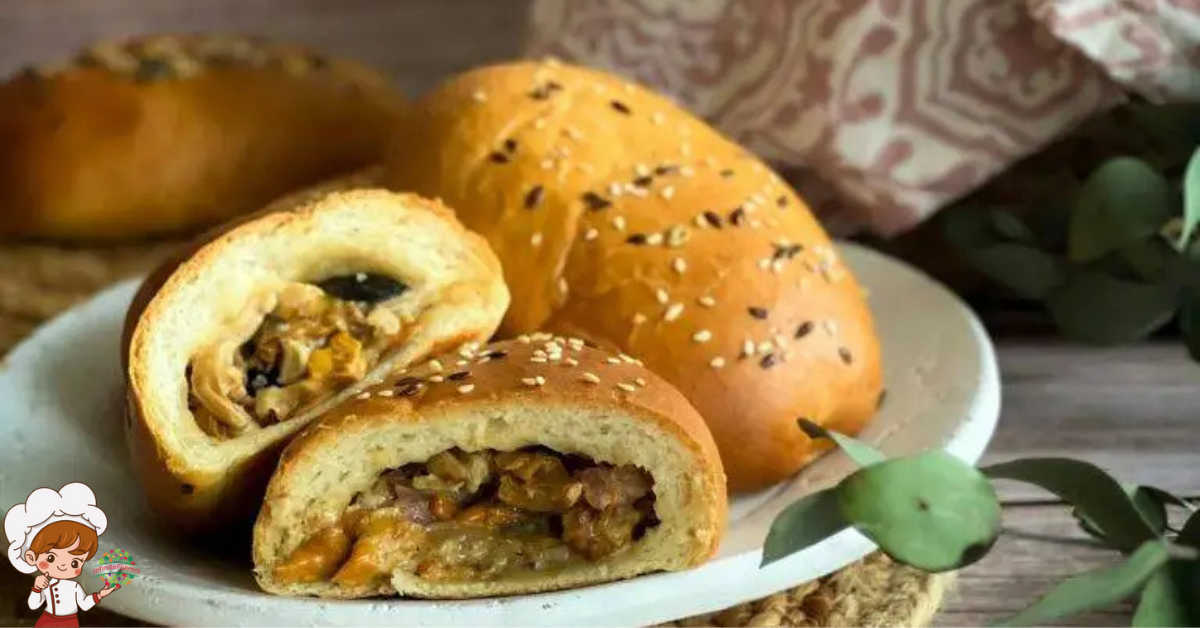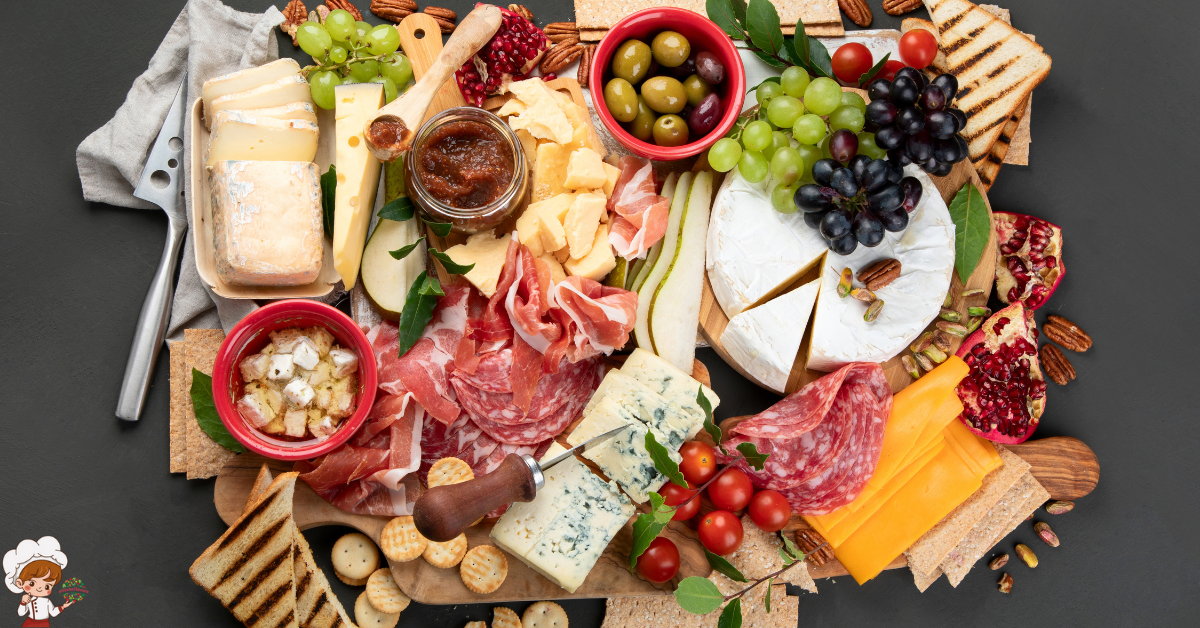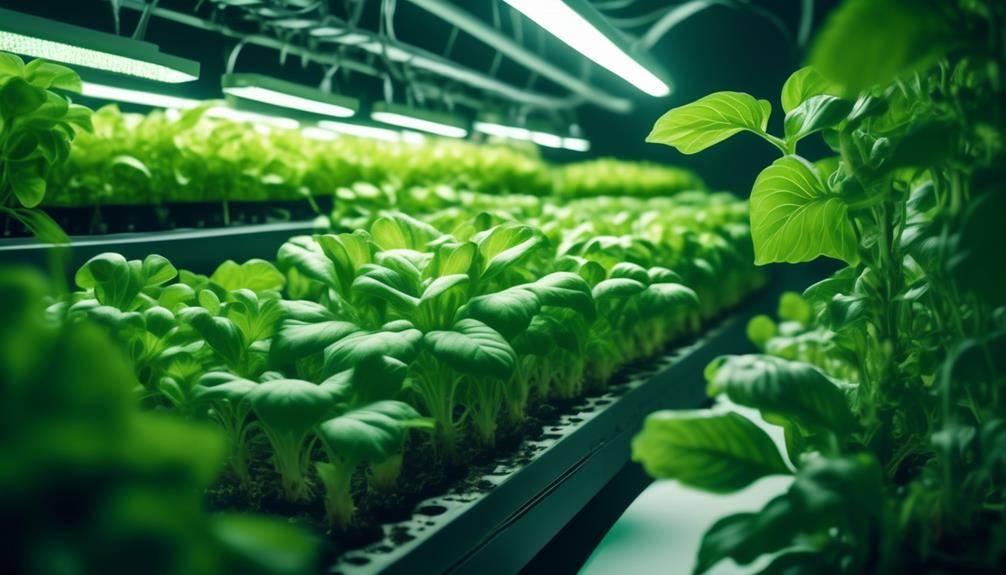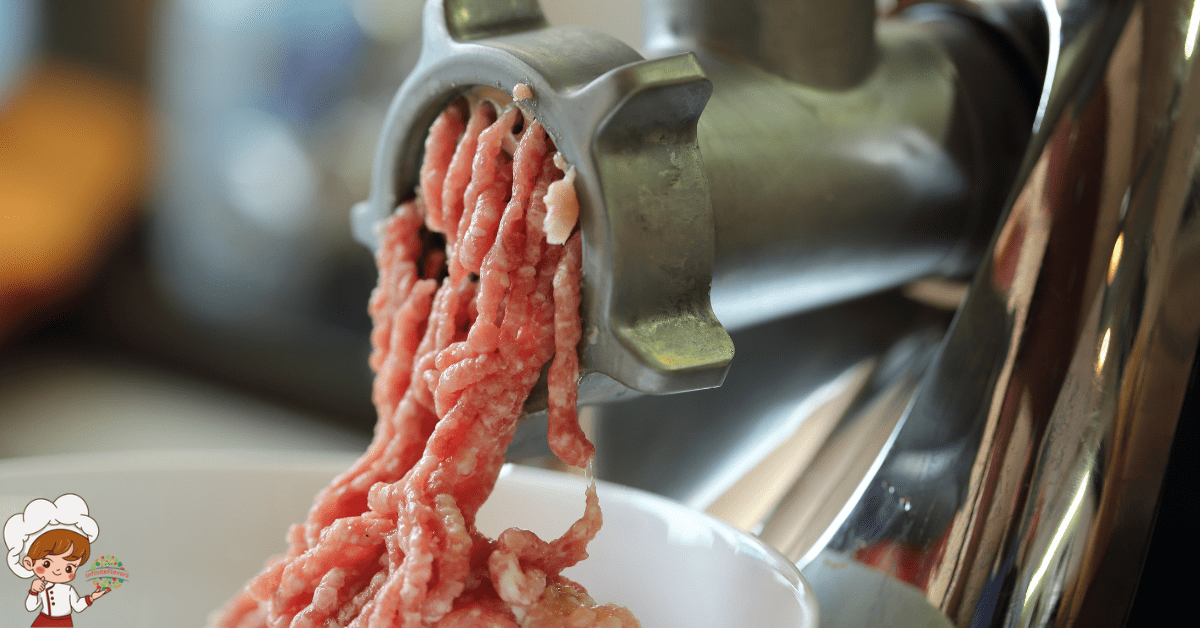The Best Swift Handbook on Mastering Basic Cooking Skills
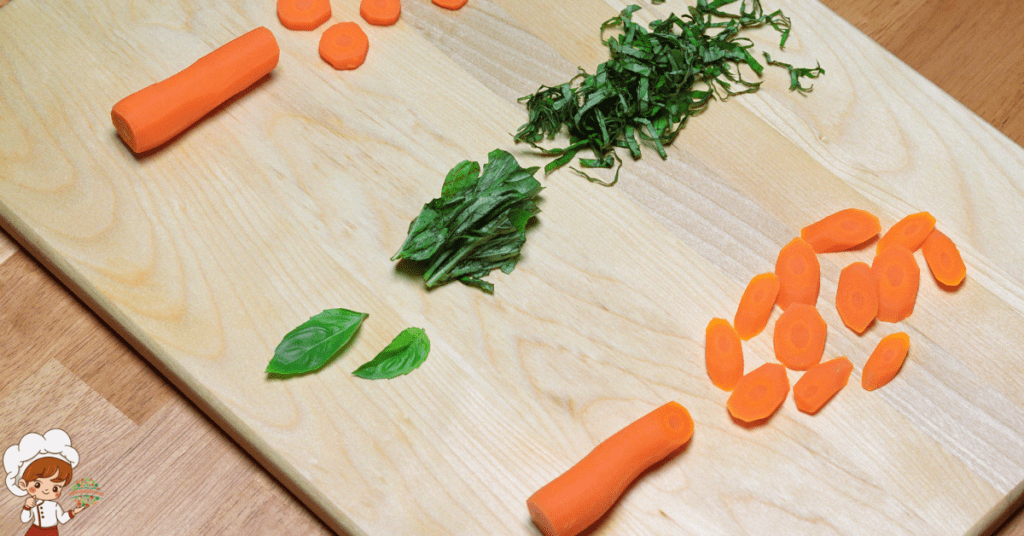
Handbook on Mastering Basic Cooking Skills; Are you ready to dive into the delicious world of cooking? Look no further than the Swift Handbook on Mastering Basic Cooking Skills. This comprehensive guide is your culinary companion, helping you navigate the kitchen with ease and finesse. From perfecting your knife skills to mastering the art of sautéing, this handbook covers all the essential techniques you need to become a cooking pro. With step-by-step instructions, useful tips, and mouthwatering recipes, you’ll be whipping up impressive meals in no time. So grab your apron and get ready to embark on a culinary adventure like no other. The Swift Handbook on Mastering Basic Cooking Skills is your ticket to becoming a kitchen maestro.
Knife Skills
Mastering knife skills is essential for anyone looking to improve their cooking abilities. Whether you’re a novice in the kitchen or an experienced chef, understanding how to properly handle and care for your knives can make a world of difference in your culinary endeavors. Knife sharpening and knife care are two crucial aspects of maintaining the quality and longevity of your blades.
Knife sharpening is the process of restoring a dull blade to its original sharpness. A sharp knife not only makes your cutting tasks easier and more efficient but also reduces the risk of accidents caused by slips and mishandling. There are various methods to sharpen a knife, including using a sharpening stone, honing rod, or electric sharpener. It’s important to choose the method that works best for you and to practice proper technique to achieve optimal results.
Equally important is knife care, which involves proper cleaning, storage, and maintenance of your knives. Always hand wash your knives immediately after use, using mild soap and warm water. Avoid using abrasive sponges or harsh cleaning agents that can damage the blade. In terms of storage, invest in a knife block, magnetic strip, or blade guards to protect the edges from dulling or chipping. Additionally, regularly inspect your knives for any signs of wear or damage, such as loose handles or bent blades, and address these issues promptly to ensure safe and effective use.
Sautéing Techniques
To improve your cooking abilities, you need to master sautéing techniques. Sautéing is a quick and versatile cooking method that involves cooking food in a small amount of oil or fat over high heat. It’s a great way to bring out the natural flavors of vegetables and meats while preserving their texture and nutrients. Here are some key points to remember when sautéing:
- Sautéing vegetables: When sautéing vegetables, it’s important to cut them into uniform sizes to ensure even cooking. Heat your pan over medium-high heat and add a small amount of oil or butter. Once the oil is hot, add the vegetables and stir-fry them quickly, keeping them moving in the pan. This will help them cook evenly and prevent them from becoming soggy.
- Sautéing meats: When sautéing meats, it’s important to choose cuts that are thin and uniform in size. This will ensure that they cook quickly and evenly. Heat your pan over high heat and add a small amount of oil. Once the oil is hot, add the meat and cook it quickly, stirring or flipping it to brown all sides. Be careful not to overcrowd the pan, as this can cause the meat to steam instead of brown.
- Don’t overcrowd the pan: Whether you’re sautéing vegetables or meats, it’s important not to overcrowd the pan. This can cause the food to steam instead of brown, resulting in a loss of flavor and texture. If you have a large amount of food to sauté, it’s better to cook it in batches.
- Use high heat: Sautéing is a quick cooking method, so it’s important to use high heat. This helps to caramelize the sugars in the food, creating a rich and flavorful crust. Just be sure to keep an eye on the heat and adjust it as needed to prevent burning.
- Keep it moving: When sautéing, it’s important to keep the food moving in the pan. This helps to cook the food evenly and prevents it from sticking to the pan. Use a spatula or tongs to toss and stir the food as it cooks.
Mastering Baking Basics
Ready to take your baking skills to the next level? The key to successful baking lies in measuring ingredients accurately and having the right tools on hand. From precise measurements to essential tools like a mixer and baking pans, mastering the basics will set you up for success in the kitchen. So, let’s dive into the world of baking and discover the secrets to creating delicious treats that will wow your friends and family.
Measuring Ingredients Accurately
Are you unsure about how to measure ingredients accurately when baking? Don’t worry, we’ve got you covered with some helpful tips and tricks. Properly measuring ingredients is crucial for successful baking, as even a small variation can affect the texture and taste of your final product. Here are some measuring tips to ensure accuracy in your recipes:
- Use dry measuring cups for dry ingredients like flour and sugar.
- Spoon ingredients into the measuring cup and level off the excess with a straight edge.
- Use liquid measuring cups for liquids like milk and oil.
- Place the measuring cup on a flat surface, then pour the liquid to the desired mark.
- For ingredient substitutions, use a kitchen scale for more precise measurements.
Essential Baking Tools
When baking, it is essential to have the right tools at your disposal, so you can achieve perfect results every time. Having the proper baking tools not only makes your baking process more efficient, but it also ensures that your baked goods turn out just the way you want them to. Some essential baking tools include measuring cups and spoons, a kitchen scale, mixing bowls, a whisk, a spatula, a rolling pin, baking pans, parchment paper, and a cooling rack.
These tools are crucial for various baking techniques such as measuring ingredients accurately, mixing, folding, rolling, and cooling. They also enable you to make ingredient substitutions if needed, allowing you to experiment and create unique flavors while still maintaining the integrity of your baked goods. With the right baking tools, you can confidently tackle any baking recipe and produce delightful treats every time.
Essential Cooking Tools
Ready to take your cooking skills to the next level? Let’s talk about the essential cooking tools that every home cook should have in their arsenal. From choosing the right knife for the job to understanding the must-have utensils for seamless meal preparation, we’ll cover it all. Plus, we’ll give you an overview of the different types of pots and pans that are essential for creating delicious dishes. Get ready to elevate your cooking game with these indispensable tools!
Knife Selection Guide
Choose the right knife for your kitchen by considering its size, weight, and blade material. A good knife is an essential tool for any chef, and selecting the right one can greatly enhance your cooking experience. Here are some key points to keep in mind when choosing a knife:
- Size: Choose a knife that feels comfortable in your hand and suits the tasks you commonly perform in the kitchen.
- Weight: Consider the weight of the knife, as it affects how easily you can maneuver and control it.
- Blade material: Look for high-quality stainless steel blades that are resistant to corrosion and maintain their sharpness.
- Knife maintenance: Regularly clean and dry your knife to prevent rust and maintain its performance.
- Knife sharpening: Invest in a good sharpener or learn how to sharpen your knife properly to keep it in optimal condition.
Must-Have Utensils Explained
To start mastering basic cooking skills, it’s important to have a clear understanding of the essential cooking tools you’ll need in your kitchen. These must-have kitchen gadgets will make your cooking experience easier and more efficient. Let’s explore some of the essential cooking tools that every home cook should have.
Firstly, a good set of knives is crucial. Invest in a chef’s knife, a paring knife, and a serrated knife. These knives will cover all your cutting needs, from chopping vegetables to slicing bread.
Next, you’ll need a set of measuring cups and spoons. Accurate measurements are essential for successful cooking, especially when it comes to baking.
A sturdy cutting board is another essential tool. Look for one that is easy to clean and won’t dull your knives.
Lastly, a set of non-stick pans and pots is a must-have. They allow for easy food release and make cleaning up a breeze.
With these essential cooking tools, you’ll be well-equipped to tackle any recipe and master essential cooking techniques. Happy cooking!
Pots and Pans Overview
In your kitchen, you’ll need pots and pans for essential cooking tools that allow you to cook a variety of dishes with ease and efficiency. Taking good care of your pots and pans is crucial for their longevity and performance. Here are some tips for pots and pans maintenance:
- Always hand wash your cookware to avoid damaging the nonstick coating.
- Avoid using abrasive cleaners or metal utensils that can scratch the surface.
- Store your pots and pans properly, either by hanging them or using pan protectors to prevent scratching.
- Regularly check the handles and knobs for loose screws and tighten them if necessary.
- Consider investing in cookware made from different materials such as stainless steel, cast iron, nonstick, or copper, depending on your cooking needs.
Understanding Heat and Temperature
By carefully observing the changes that occur in your ingredients as they are exposed to heat, you can develop a deeper understanding of how temperature affects the cooking process. Heat conductivity and temperature control play crucial roles in achieving the perfect dish.
Heat conductivity refers to how efficiently heat is transferred through a material. Different pots and pans have varying levels of heat conductivity, which can affect the cooking time and consistency of your food. For example, copper pans have excellent heat conductivity, allowing for quick and even heat distribution. On the other hand, stainless steel pans have lower heat conductivity, resulting in uneven cooking if not properly managed.
Temperature control is another essential factor to consider when cooking. It is crucial to maintain a consistent temperature to achieve desired results. Whether you’re simmering a delicate sauce or searing a steak, understanding temperature control is key. Using a thermometer can help you accurately monitor the temperature of your ingredients, ensuring they are cooked to perfection.
When cooking, it’s important to remember that different ingredients have different temperature requirements. For instance, proteins like meat and fish need to be cooked to specific internal temperatures to ensure they are safe to eat. On the other hand, delicate fruits and vegetables may require lower heat to preserve their texture and nutritional value.
Developing a deep understanding of temperature and heat conductivity will allow you to take control of your cooking. It will help you achieve consistent results and avoid under or overcooking your food. So, grab your thermometer, experiment with different pots and pans, and embrace the power of temperature in your culinary adventures.
The Art of Seasoning
Enhance your dishes with the perfect amount of seasoning. The art of seasoning is all about adding the right flavors to your food to make it taste delicious. With the right flavor pairing and seasoning techniques, you can elevate any dish from ordinary to extraordinary. Here are some tips to help you master the art of seasoning:
- Experiment with different spices and herbs: Spices and herbs are the key to adding depth and complexity to your dishes. Try combining different flavors to create unique and exciting taste profiles.
- Use salt wisely: Salt is one of the most important seasonings in cooking. It enhances the natural flavors of ingredients and brings everything together. However, it’s important to use it sparingly and taste as you go to avoid over-salting.
- Balance sweet and savory: The combination of sweet and savory flavors can create a harmonious balance in your dishes. Try adding a touch of sweetness to counterbalance the saltiness or spiciness of a dish.
- Don’t forget about acidity: Acidic ingredients like lemon juice, vinegar, or tomatoes can brighten up a dish and add a refreshing tang. They can also help to balance out rich and heavy flavors.
- Build layers of flavor: Seasoning is not just about adding one ingredient. It’s about layering flavors to create depth and complexity. Start with a base of aromatics like onions and garlic, then add spices, herbs, and other seasonings to build layers of flavor.
Perfecting Egg Cookery
To perfect your egg cookery skills, start with mastering the basic techniques. One of the most challenging yet rewarding methods is egg poaching. To achieve perfectly poached eggs, bring a pot of water to a gentle simmer and add a splash of vinegar. Then, create a gentle whirlpool in the water by stirring it with a spoon.
Crack the egg into a small bowl and carefully slide it into the center of the whirlpool. The swirling water will help the egg form a neat, compact shape. Allow the egg to cook for about 3-4 minutes until the white is set but the yolk is still soft and runny. Use a slotted spoon to carefully remove the poached egg from the water, allowing excess water to drain off before serving.
If you’re looking for a versatile and satisfying egg dish, omelettes are the way to go. There are countless variations to explore, from classic ham and cheese to veggie-packed creations. To make a fluffy omelette, start by whisking eggs in a bowl until the whites and yolks are well combined. Heat a non-stick skillet over medium heat and melt some butter or heat a small amount of oil.
Pour the beaten eggs into the skillet and let them cook undisturbed for a minute or so until the edges start to set. Gently lift the edges with a spatula and tilt the pan to allow the uncooked egg to flow underneath. Once the eggs are mostly set but still slightly runny on top, add your desired fillings. Fold the omelette in half and cook for another minute until the cheese melts and the omelette is golden brown.
Cooking Grains and Pasta
Continuing from perfecting egg cookery, you can now learn the art of cooking grains and pasta. This subtopic will equip you with essential techniques to prepare these staples perfectly every time. Here are some key points to keep in mind:
- Choose the right grain: Each grain has its unique texture, flavor, and cooking time. Experiment with different options such as rice, quinoa, barley, or couscous to add variety to your meals.
- Properly measure and rinse: Use a measuring cup to ensure you add the right amount of grains to the pot. Before cooking, rinse the grains under cold water to remove any dirt or debris.
- Master the water-to-grain ratio: Follow the instructions on the package or use a general guideline of 1 cup of grains to 2 cups of water. Adjust the ratio based on the type of grain you’re cooking.
- The cooking process: Bring the water to a boil, then add the grains and reduce the heat to a simmer. Cover the pot and let it cook according to the recommended time. Fluff the grains with a fork before serving.
- Perfecting pasta: Cook pasta in a large pot of salted boiling water until it is al dente, meaning it has a slight bite to it. Check the package instructions for the recommended cooking time.
Techniques for Roasting and Grilling
Roasting and grilling are essential techniques for achieving flavorful and tender meats and vegetables. Whether you’re cooking a juicy steak or roasting a medley of vegetables, these methods can elevate your dishes to a whole new level. When it comes to roasting vegetables, it’s important to choose the right ones. Root vegetables like carrots, potatoes, and beets are perfect candidates for roasting as their natural sweetness intensifies in the oven. Simply toss them with olive oil, salt, and pepper, and spread them out on a baking sheet. Roast at a high temperature, around 425°F (220°C), until they are golden brown and caramelized. The heat of the oven will soften their texture while bringing out their natural flavors.
On the other hand, grilling techniques are ideal for cooking meats like steak, chicken, or fish. The direct heat from the grill imparts a smoky flavor and creates beautiful grill marks, adding visual appeal to your dishes. To grill meat successfully, start by preheating the grill and oiling the grates to prevent sticking. Pat your meat dry and season it with your favorite spices or marinades. Place the meat on the hot grill and cook it to your desired level of doneness, flipping it only once to ensure even cooking. Remember to let the meat rest for a few minutes before serving to allow the juices to redistribute and the flavors to develop.
Making Homemade Stocks and Sauces
Are you ready to elevate your cooking skills? Let’s talk about the art of making homemade stocks and sauces. Simmering is the key to extracting maximum flavor from ingredients, resulting in rich and flavorful stocks that form the foundation of many dishes. But it doesn’t stop there – homemade sauces offer endless possibilities and can transform a simple meal into something extraordinary. With a few tips on flavor balancing, you’ll be able to create sauces that perfectly complement any dish.
Importance of Simmering
To master basic cooking skills, you need to understand the importance of simmering when making homemade stocks and sauces. Simmering is a cooking technique that involves gently cooking ingredients in a liquid at a low temperature. It is essential for flavor development and achieving the desired consistency in stocks and sauces. Here are some reasons why simmering is crucial:
- Flavor extraction: Simmering allows the flavors of ingredients like vegetables, herbs, and spices to infuse into the liquid, resulting in a rich and flavorful stock or sauce.
- Tenderizing: Simmering breaks down tough proteins and connective tissues, resulting in tender and succulent meats.
- Concentration: Simmering helps reduce the liquid in stocks and sauces, intensifying the flavors and thickening the consistency.
- Emulsion: Simmering is crucial when making emulsified sauces like hollandaise or béarnaise, as it helps stabilize the mixture.
- Even cooking: Simmering ensures that ingredients cook evenly and gently, preventing them from becoming overcooked or burnt.
Versatility of Homemade Sauces
Homemade sauces offer a versatile addition to your culinary repertoire, allowing you to elevate the flavors of various dishes with ease. Making your own sauces and condiments not only gives you control over the ingredients and flavors but also opens up a world of possibilities when it comes to sauce pairings. From classic tomato sauce to tangy barbecue sauce, the options are endless.
By experimenting with different herbs, spices, and ingredients, you can create unique and personalized sauces that perfectly complement your dishes. Homemade stocks, such as chicken or vegetable, can serve as the base for many sauces, adding depth and richness to your creations. Whether you’re looking to enhance a pasta dish or add a finishing touch to grilled meats, homemade sauces are sure to impress and elevate your cooking to the next level.
Tips for Flavor Balancing
To achieve a perfectly balanced flavor in your homemade stocks and sauces, it’s important to pay attention to the combination of ingredients and the cooking process. Here are some tips to help you master the art of flavor balancing:
- Experiment with flavor pairing: Try combining ingredients that complement each other, such as lemon and dill for a seafood stock or tomato and basil for a marinara sauce. Don’t be afraid to get creative and try new combinations.
- Taste test along the way: As you’re cooking your stocks and sauces, make sure to taste them periodically to check the flavor. This will allow you to adjust the seasoning and make any necessary adjustments to achieve the desired taste.
- Use homemade stocks as a base: Making your own stocks from scratch will add depth and complexity to your sauces. Use a flavorful stock, such as chicken or vegetable, as the foundation for your sauces.
- Reduce and thicken: To intensify the flavor of your sauces, simmer them over low heat to reduce and thicken. This will concentrate the flavors and create a richer sauce.
- Don’t forget the finishing touches: Just before serving, add a final touch of flavor to your sauces with fresh herbs, a drizzle of olive oil, or a squeeze of lemon. These finishing touches will elevate your dish and bring all the flavors together.
Mastering Basic Plating and Presentation
You can elevate your culinary creations by mastering the art of basic plating and presentation. Plating techniques and food presentation ideas play a crucial role in making your dishes visually appealing and enticing to eat. A well-plated dish not only looks attractive but also enhances the overall dining experience. Here are some tips to help you master the basics of plating and presentation.
Firstly, consider the placement of your food on the plate. Arrange your main ingredients in an aesthetically pleasing way, keeping in mind the principles of balance and symmetry. Use the entire plate to create a visually appealing composition.
Next, pay attention to color and contrast. Incorporate a variety of colors in your dish to make it visually appealing. Contrast can be achieved by using different textures, shapes, and sizes of food. For example, you can place a crispy element next to a soft one or create height by stacking ingredients.
Additionally, garnishing is a key element of plating. It adds a finishing touch to your dish and enhances its presentation. Fresh herbs, edible flowers, or a drizzle of sauce can add a pop of color and elevate the overall visual appeal.
Finally, remember that simplicity is key. Avoid overcrowding the plate, as it can make the dish appear messy. Allow the main ingredients to shine and keep the presentation clean and elegant.
Frequently Asked Questions: Handbook on Mastering Basic Cooking Skills
What Are Some Tips for Preventing Food From Sticking to the Pan While Sautéing?
To prevent food from sticking to the pan while sautéing, here are some tips: use non-stick pans, properly season the pan before cooking, and make sure the pan is preheated before adding the food.
How Do I Know When a Cake Is Done Baking?
To test the doneness of a cake, there are a few signs to look for. Use a toothpick and insert it into the center of the cake. If it comes out clean, without any batter sticking to it, then your cake is fully baked.
What Are the Must-Have Essential Cooking Tools for Beginners?
To get started with cooking, you’ll need a few essential tools. Cooking utensils like a good set of knives and a sturdy cutting board are a must. Kitchen gadgets like a blender and a food processor can also come in handy.
What Is the Difference Between Baking Powder and Baking Soda?
Baking powder and baking soda may seem similar, but they have distinct differences. Baking soda is a single ingredient, while baking powder is a mixture. Both are leavening agents, but baking soda requires an acid to activate, while baking powder is already balanced. Use them effectively for fluffy baked goods.
Can You Provide Some Tips for Achieving the Perfect Steak When Grilling?
To achieve the perfect steak when grilling, start by marinating it to enhance flavor. Properly season the steak before grilling to make it even more delicious. These tips will help you cook a mouthwatering steak every time.
Conclusion
Congratulations! You have now completed your journey through the Swift Handbook on Mastering Basic Cooking Skills. Armed with your newfound knowledge of knife skills, sautéing techniques, baking basics, essential cooking tools, heat and temperature, cooking grains and pasta, roasting and grilling, making homemade stocks and sauces, and basic plating and presentation, you are well-equipped to tackle any recipe that comes your way. So go forth, unleash your culinary creativity, and enjoy the delicious results! Happy cooking!



